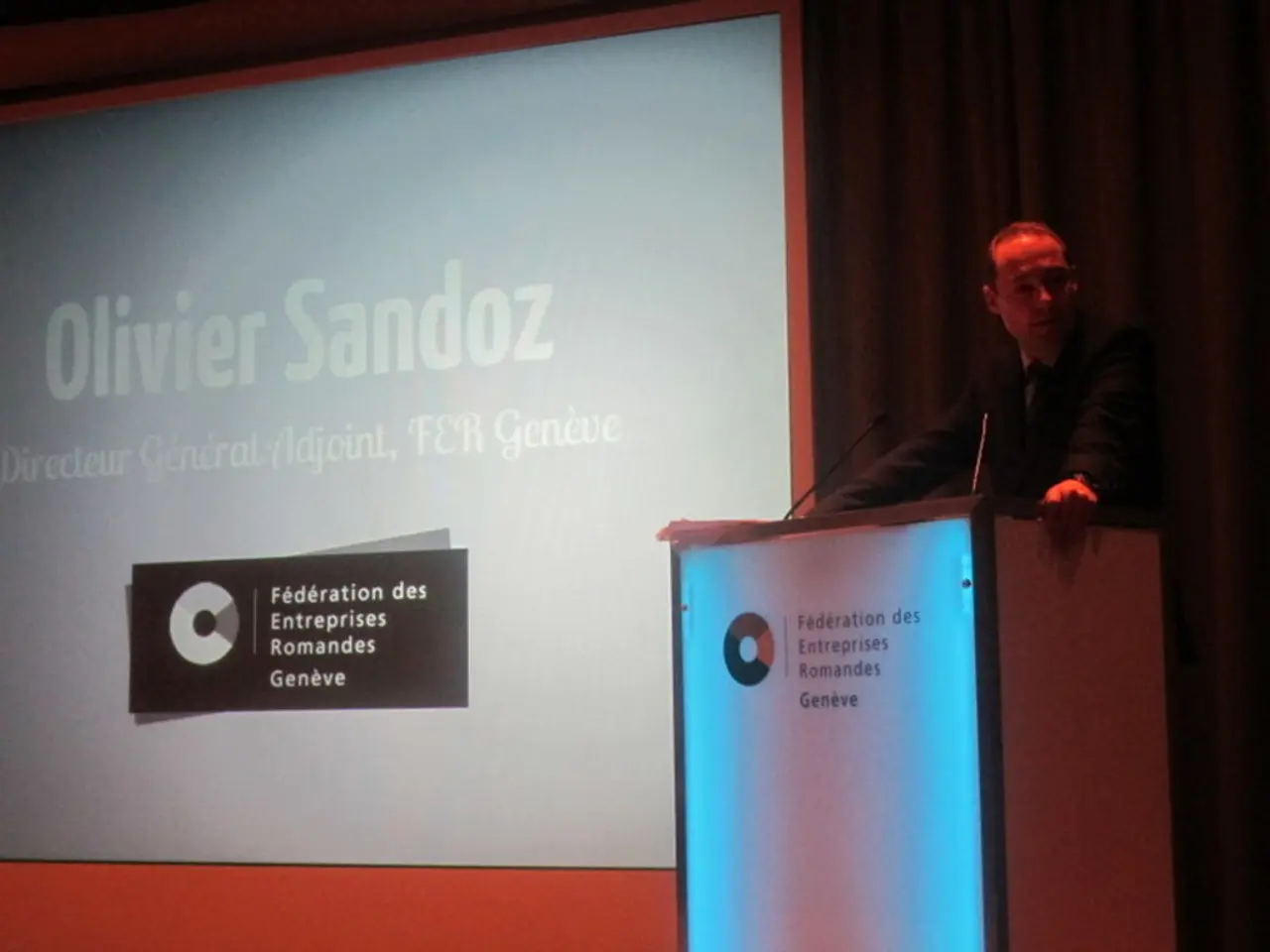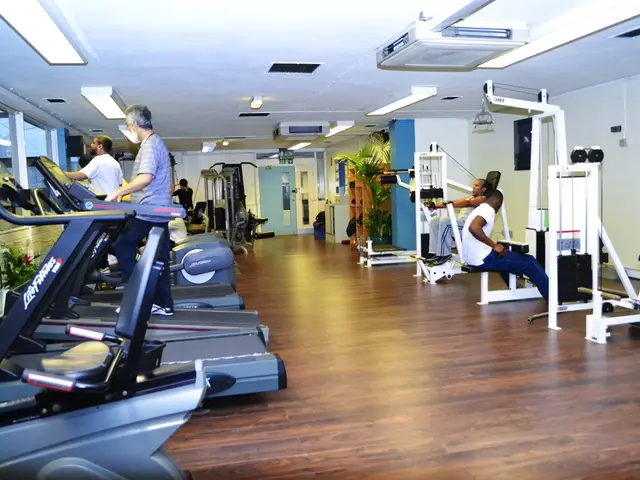Connection Between Parkinson's Disease and Throat Mucus Explored
Parkinson's disease (PD) is a progressive neurodegenerative disorder that affects millions worldwide. One of the non-motor symptoms associated with PD is dysphagia, a condition characterised by difficulty swallowing.
Dysphagia in PD can cause excess mucus buildup in the back of the throat, leading to various symptoms such as food getting stuck, coughing when eating or drinking, choking, pain when swallowing, discomfort in the throat or chest, dehydration, appetite loss, malnutrition, acid reflux, chest infections, and, in severe cases, asphyxiation from food blockages in the airways.
PD affects the autonomic nervous system, which controls involuntary and unconscious bodily functions. As a result, the dopaminergic network in the brain can be disrupted, affecting the muscles involved in swallowing. This disruption can lead to decreased esophageal peristalsis, the involuntary muscular contractions that help move food from the esophagus into the stomach.
Effective treatments for dysphagia in PD include a combination of dopaminergic therapies, speech therapy interventions, swallowing exercises, and device-assisted therapies.
Continuous dopaminergic stimulation improves swallowing functions in PD. Dopamine agonists such as rotigotine (delivered via transdermal patch) and apomorphine have shown improvements in both voluntary oral movements and involuntary pharyngeal function. Newer device-assisted therapies, such as continuous subcutaneous infusion of foslevodopa/foscarbidopa (CSCI-FF) and levodopa–carbidopa intestinal gel (LCIG), have demonstrated improvements in swallowing function in advanced PD cases.
Speech therapy is widely used and involves multiple approaches such as bolus modification (altering food texture), postural adjustments (e.g., chin tuck), and targeted swallowing exercises to improve muscle strength and coordination. Specific exercises like the Masako maneuver, which strengthens the posterior pharyngeal wall, have been beneficial in PD-related dysphagia.
Swallowing exercises, expiratory muscle strength training (EMST), neuromuscular electrical stimulation (NMES), and traditional physiotherapy are potential treatments for dysphagia in PD. However, their application in neurologic dysphagia remains investigational and supplemental to conventional treatments.
Emerging regenerative treatments such as viscosupplementation (hyaluronic acid injections), stem cell therapy, and platelet-rich plasma (PRP) injections aim to improve tissue elasticity and regeneration in swallowing structures. However, their application in neurologic dysphagia remains investigational and supplemental to conventional treatments.
Screening and assessment are crucial for timely intervention to prevent complications such as aspiration pneumonia. Early identification using tools such as speech acoustic analysis and videofluoroscopic swallow studies (VFSS) is important for timely intervention.
Management of dysphagia in PD requires personalized care, considering disease stage, swallowing severity, and patient tolerances. Combining continuous dopaminergic stimulation with speech therapy, swallowing exercises, and dietary modifications offers the best approach to improve swallowing safety and quality of life.
Tips to alleviate issues with the throat and swallowing in PD include adjusting sitting and head posture, performing exercises to strengthen lips, tongue, and throat muscles, performing exercises to increase cough strength and breath-holding, eating primarily soft, moist foods, drinking thickened beverages, avoiding foods of different consistencies in the same mouthful, and adjusting eating and drinking speeds.
While there is currently no cure for PD, treatments can help manage the condition and alleviate symptoms. It is essential to consult a healthcare professional for personalised advice and treatment plans.
- Parkinson's disease (PD) can lead to dysphagia, a condition characterized by difficulty swallowing, which may result in excessive mucus buildup in the throat, food getting stuck, coughing when eating or drinking, choking, pain while swallowing, discomfort in the throat or chest, dehydration, appetite loss, malnutrition, acid reflux, chest infections, and, in extreme cases, asphyxiation from food blockages in the airways.
- Effective treatments for dysphagia in PD include a combination of dopaminergic therapies, speech therapy interventions, swallowing exercises, and device-assisted therapies. Continuous dopaminergic stimulation improves swallowing functions in PD, with dopamine agonists like rotigotine and apomorphine showing improvements in both voluntary oral movements and involuntary pharyngeal function.
- Speech therapy is a widely used approach, involving techniques such as bolus modification (altering food texture), postural adjustments, and targeted swallowing exercises to improve muscle strength and coordination. Specific exercises like the Masako maneuver, which strengthens the posterior pharyngeal wall, are beneficial in PD-related dysphagia.
- Emerging regenerative treatments for dysphagia in PD are under investigation, including viscosupplementation (hyaluronic acid injections), stem cell therapy, and platelet-rich plasma (PRP) injections. These treatments aim to improve tissue elasticity and regeneration in swallowing structures, but their application in neurologic dysphagia remains supplemental to conventional treatments.




